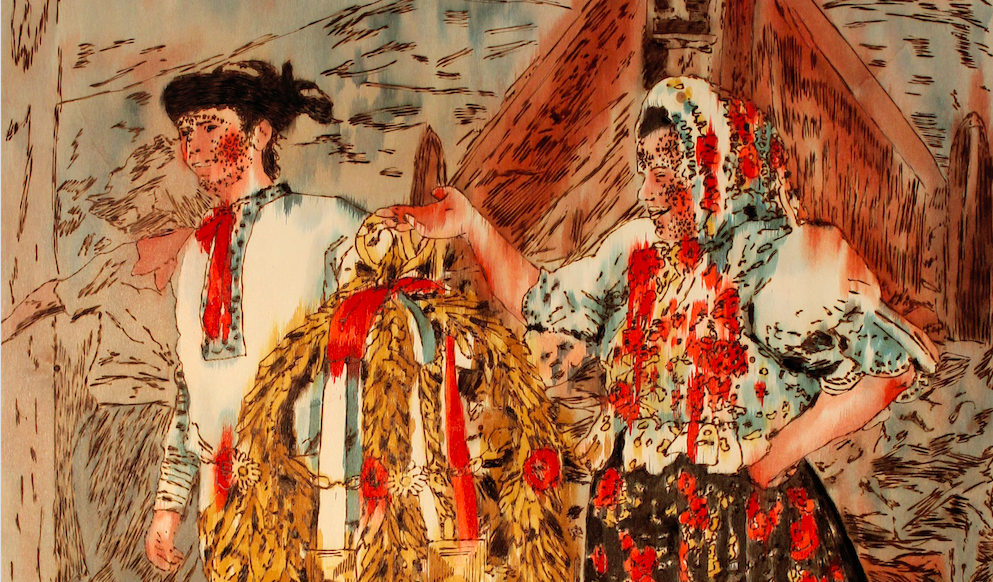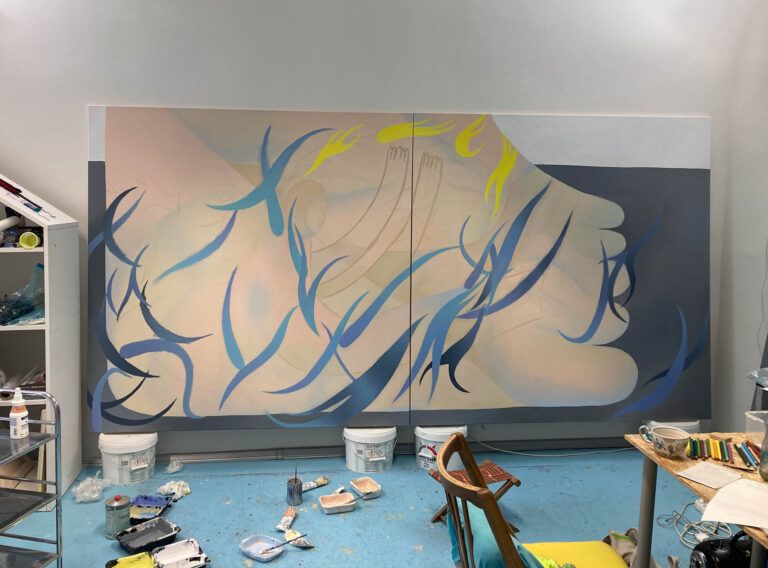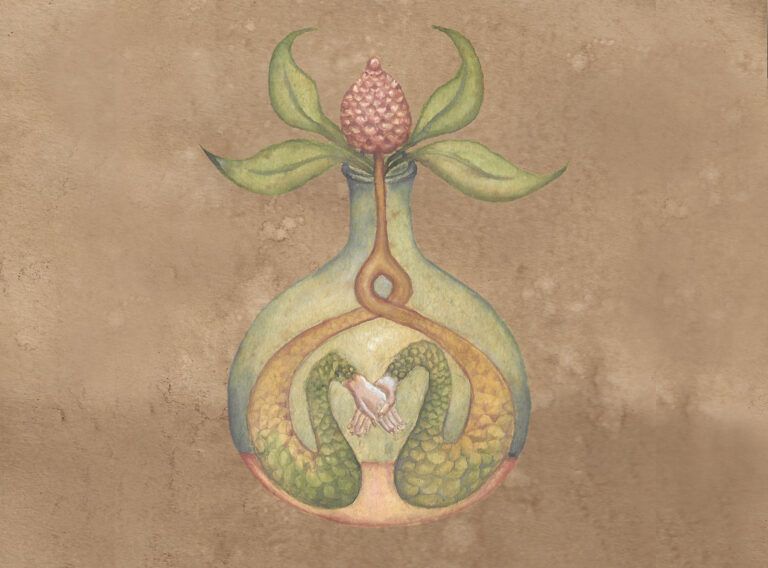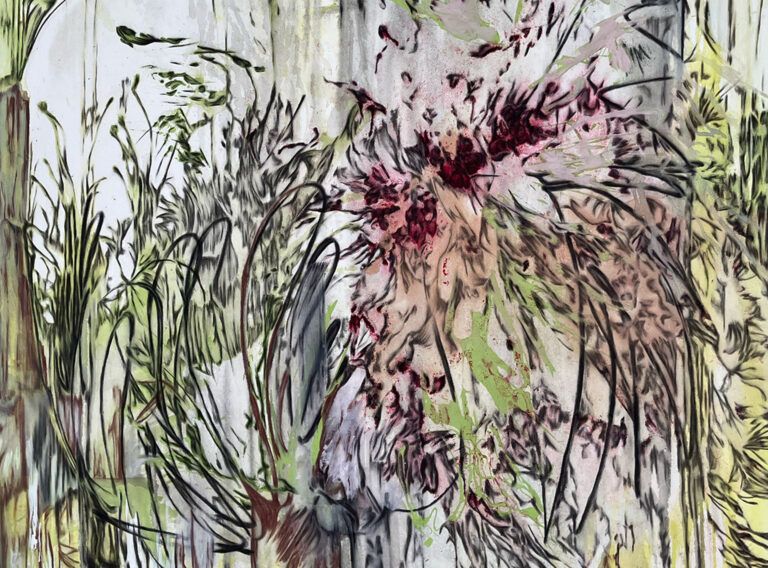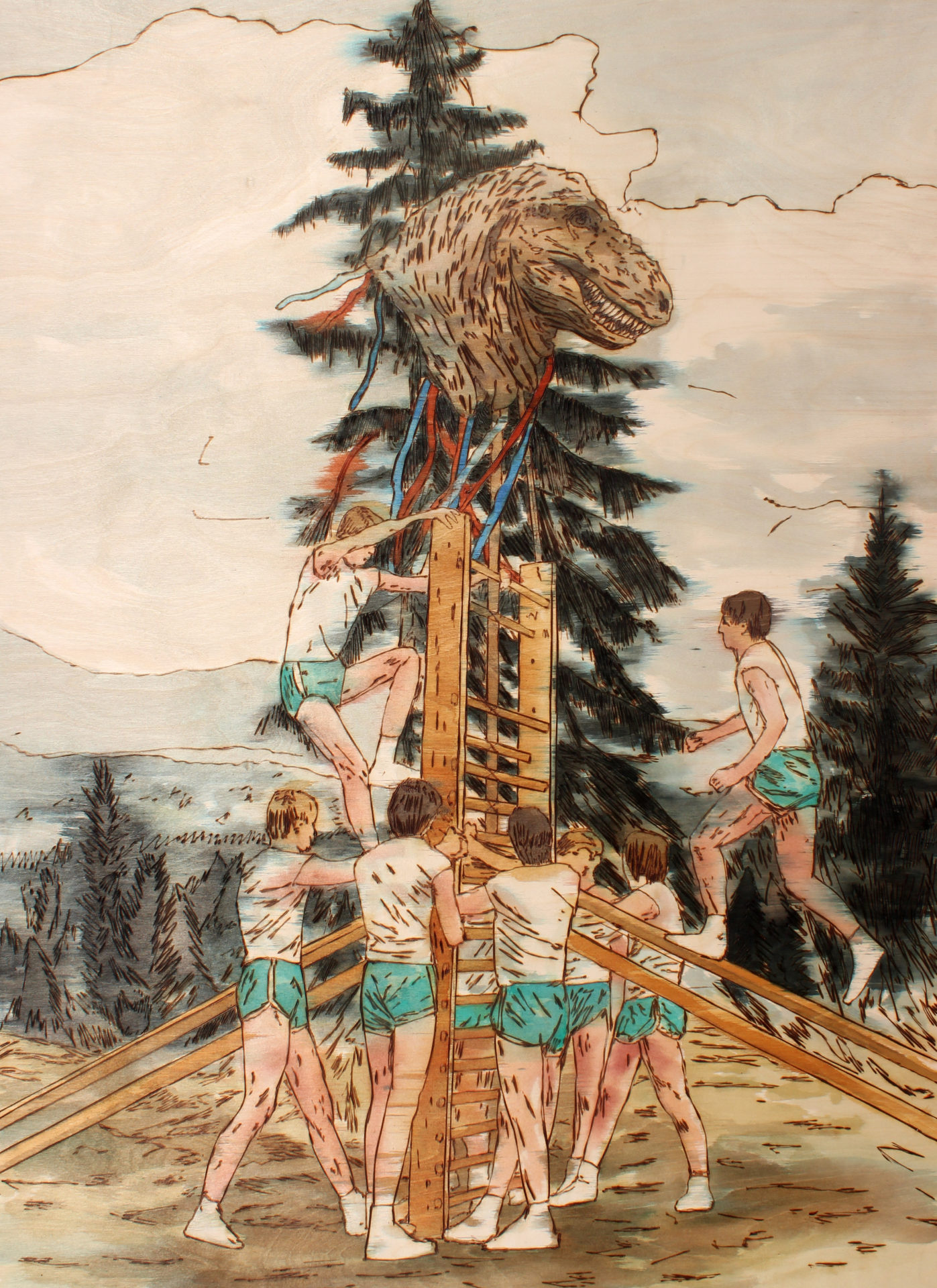
An interview with the talented Slovak artist duo Jarmila Mitríková & Dávid Demjanovič.
Do you work on any new projects at the moment?
As of now, we’re working on a new series of glazed ceramic sculptures with the working title ‘Mythology of the Atom Age / Tatra Futurism’ that will thematically touch on superstitions, tradition, religiousness, spirituality, mysticism and their interaction with political ideologies of the 20th century in our geopolitical space. The art objects’ morphology will be a fusion of folk forms and modernist stylisation.
What was the starting point for choosing the topic of folklore or folk myths and the long-term collaboration with David Demjanovic?
At the very beginning, there were summer holidays and curiosity regarding us two working on a mutual artwork. It went surprisingly well so we started looking for thematic intersections in our previous work and, at the same time, started to develop the project with regard to the chosen technique of pyrography – which clearly pointed towards vernacular art and folklore.
What’s the main topic that links your artworks together and what other techniques do you use?
Theme-wise, we range in intentions from folk art and religious studies to ethnography. We’re intrigued by mythologies – religious, political, historic. While processing them, it’s characteristic for us to use creative mystification and hyperbole. At first, we burned our images onto wood (which we still do), after that, we started to colourize them with increasing intensity, assemble them into installations and then we added video art and ceramics.
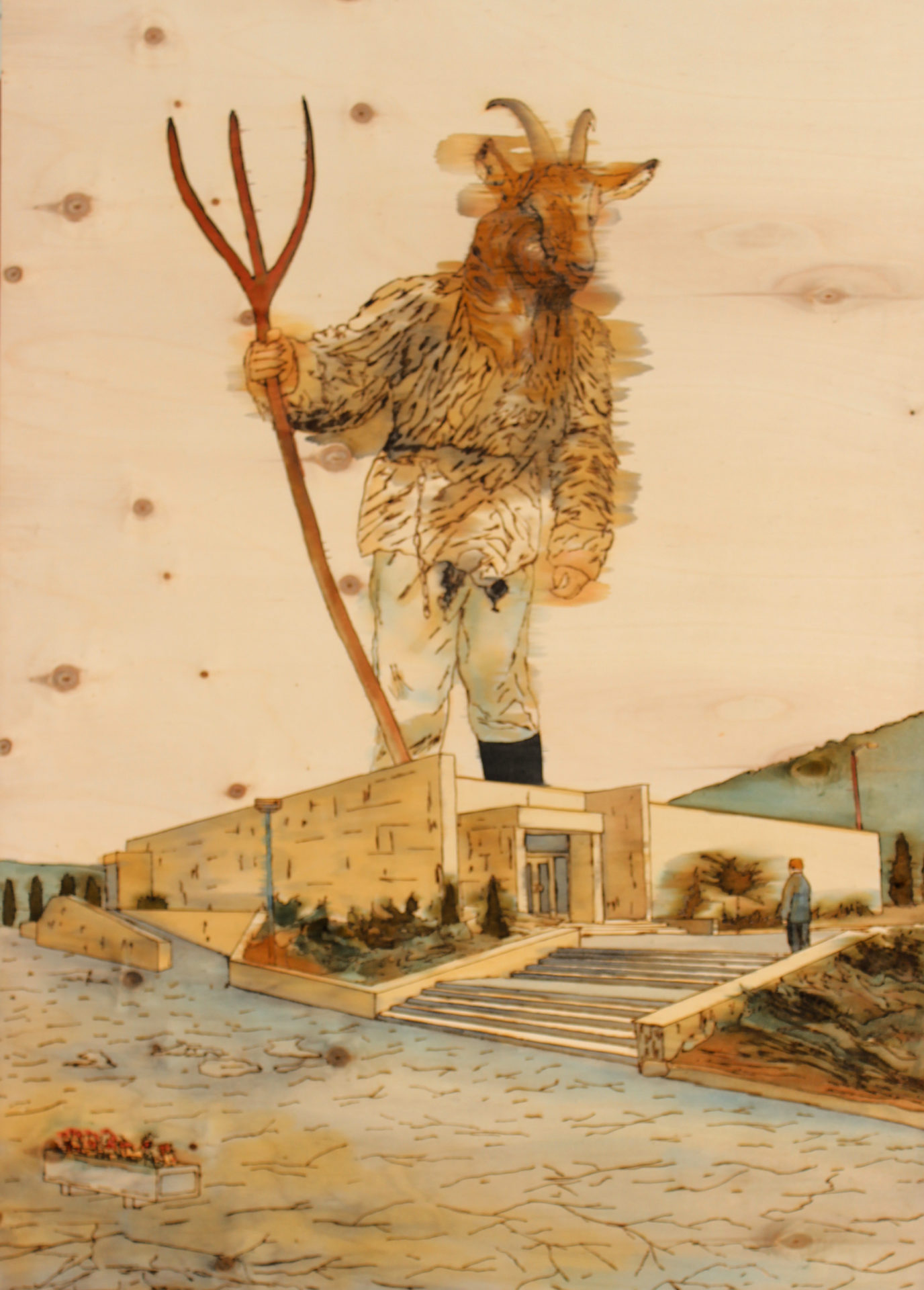
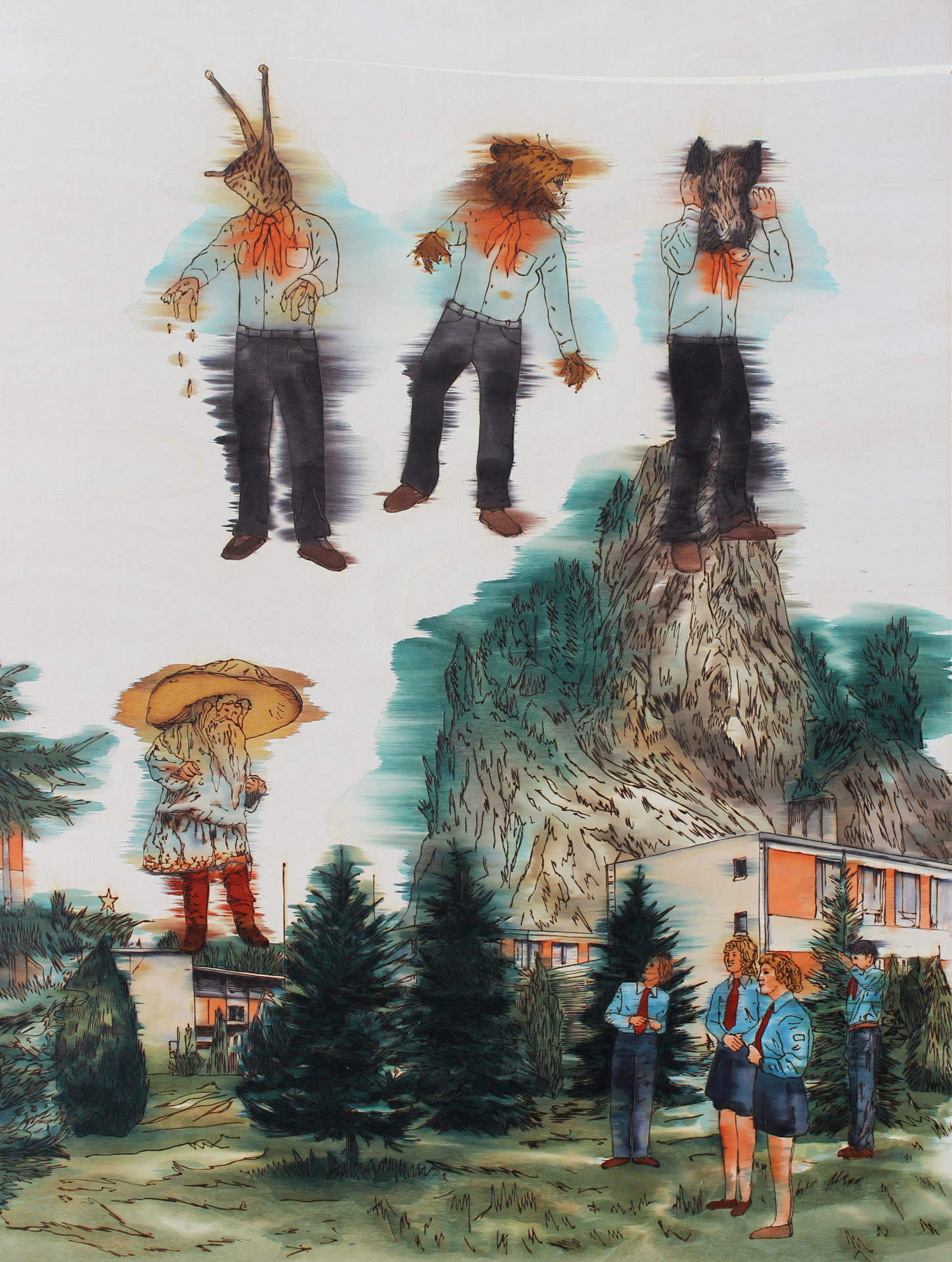
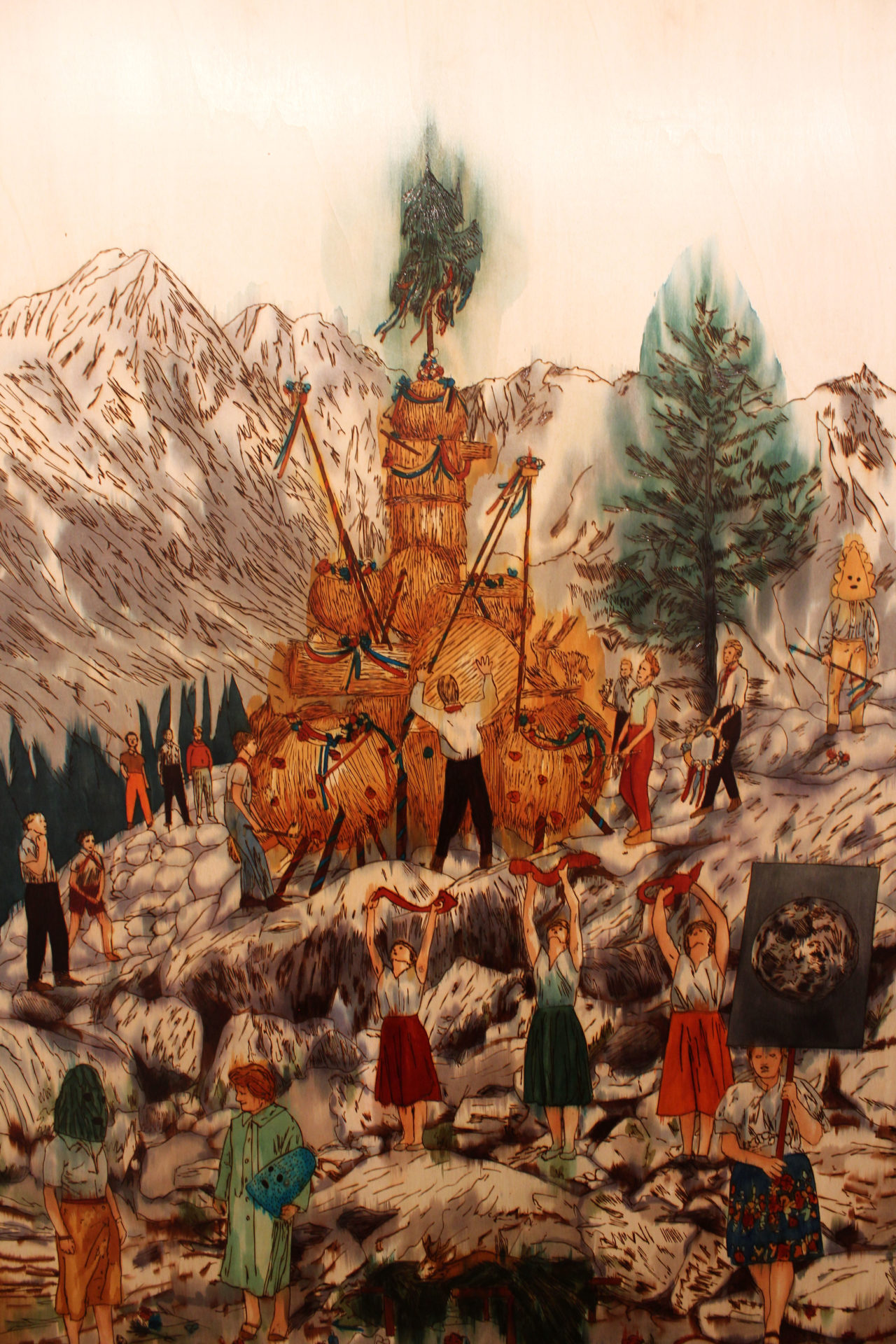
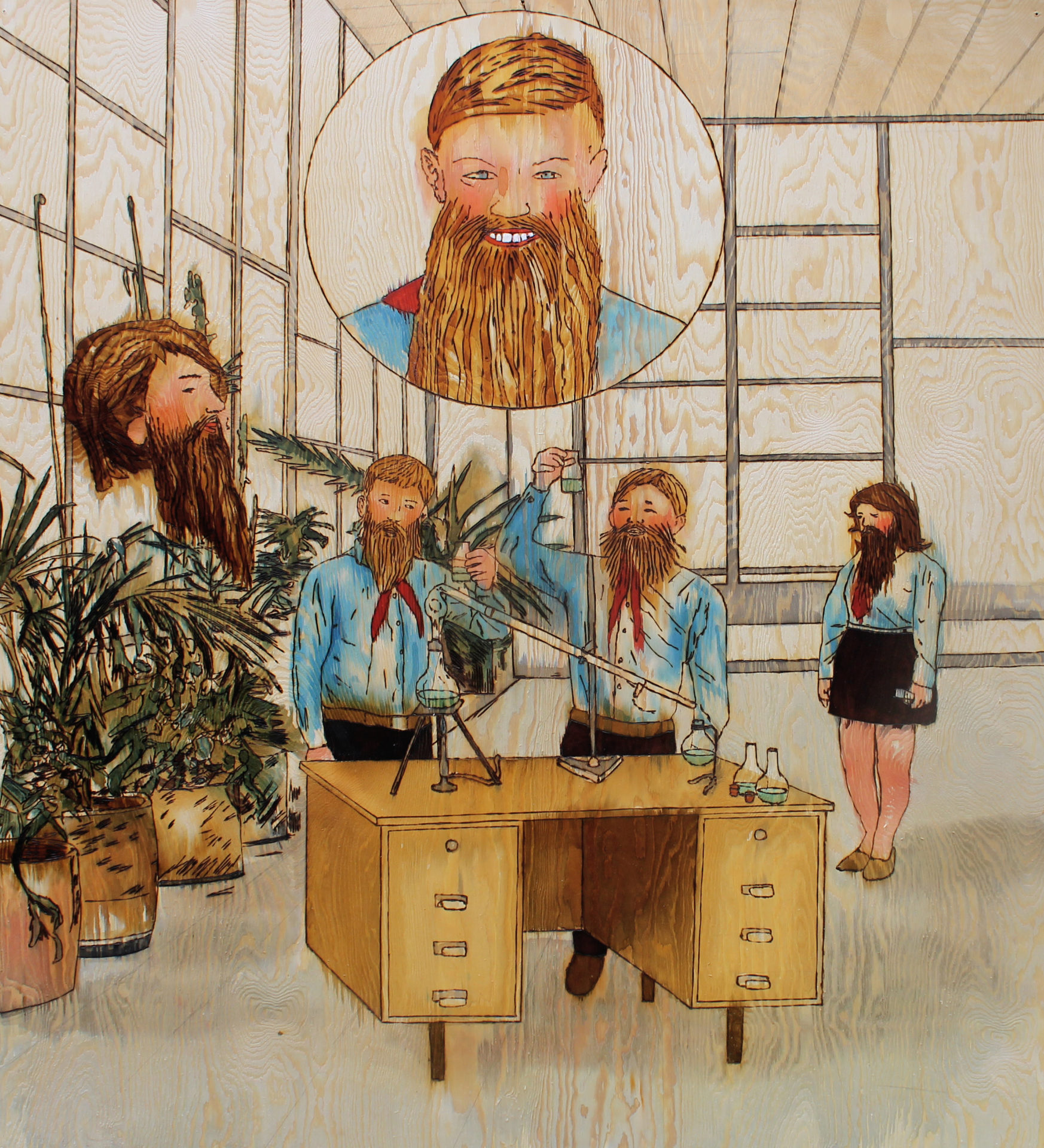
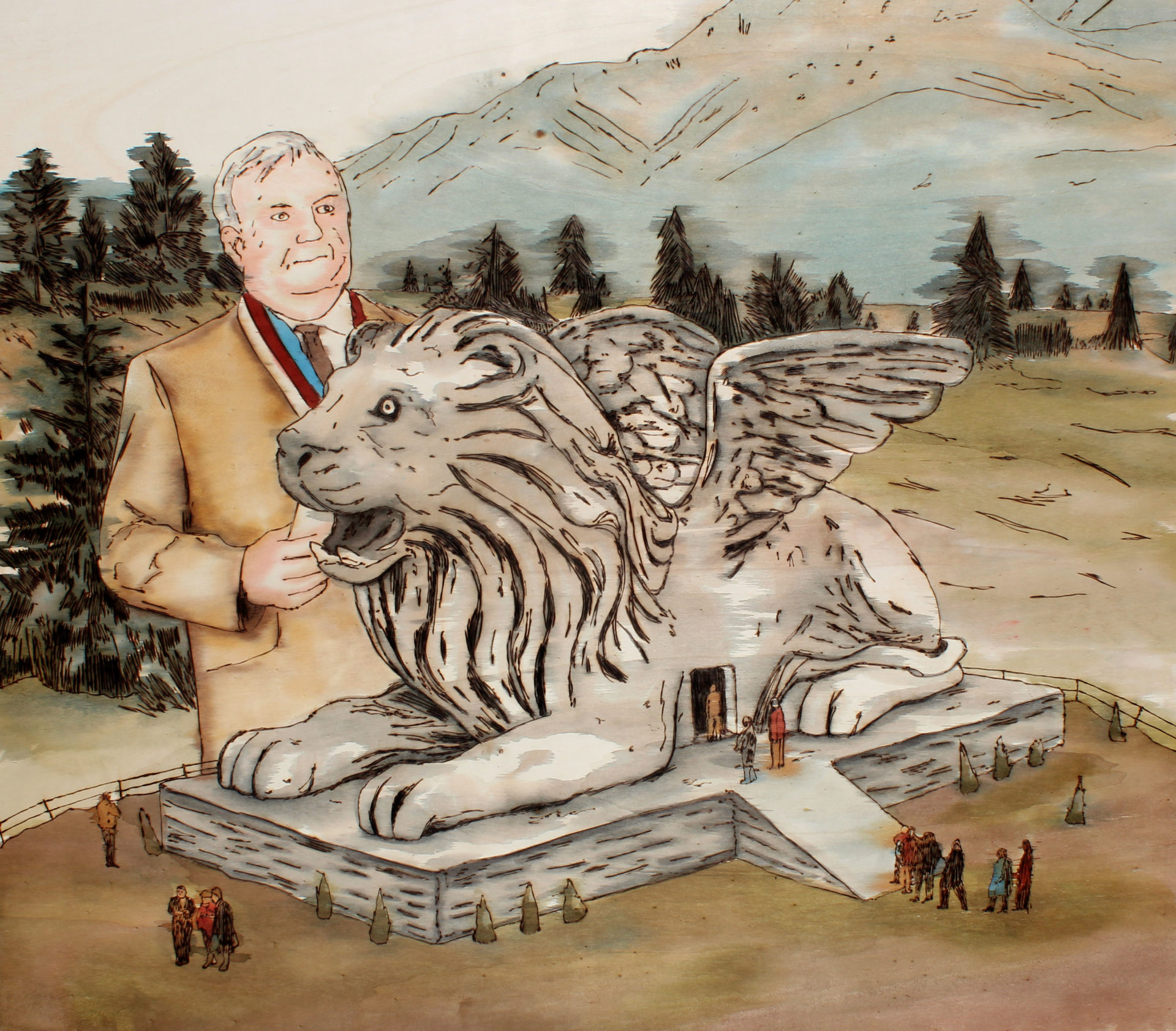
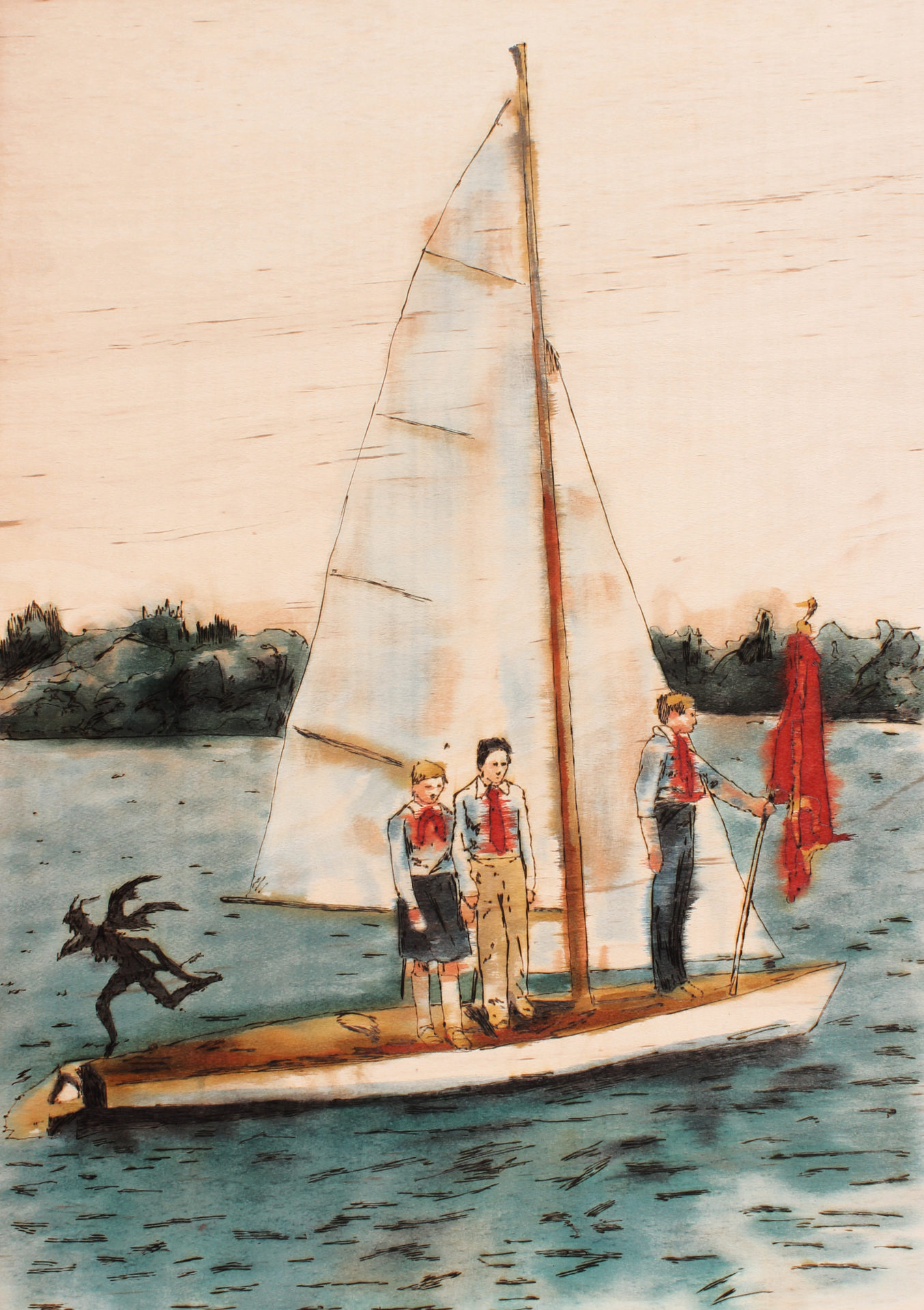
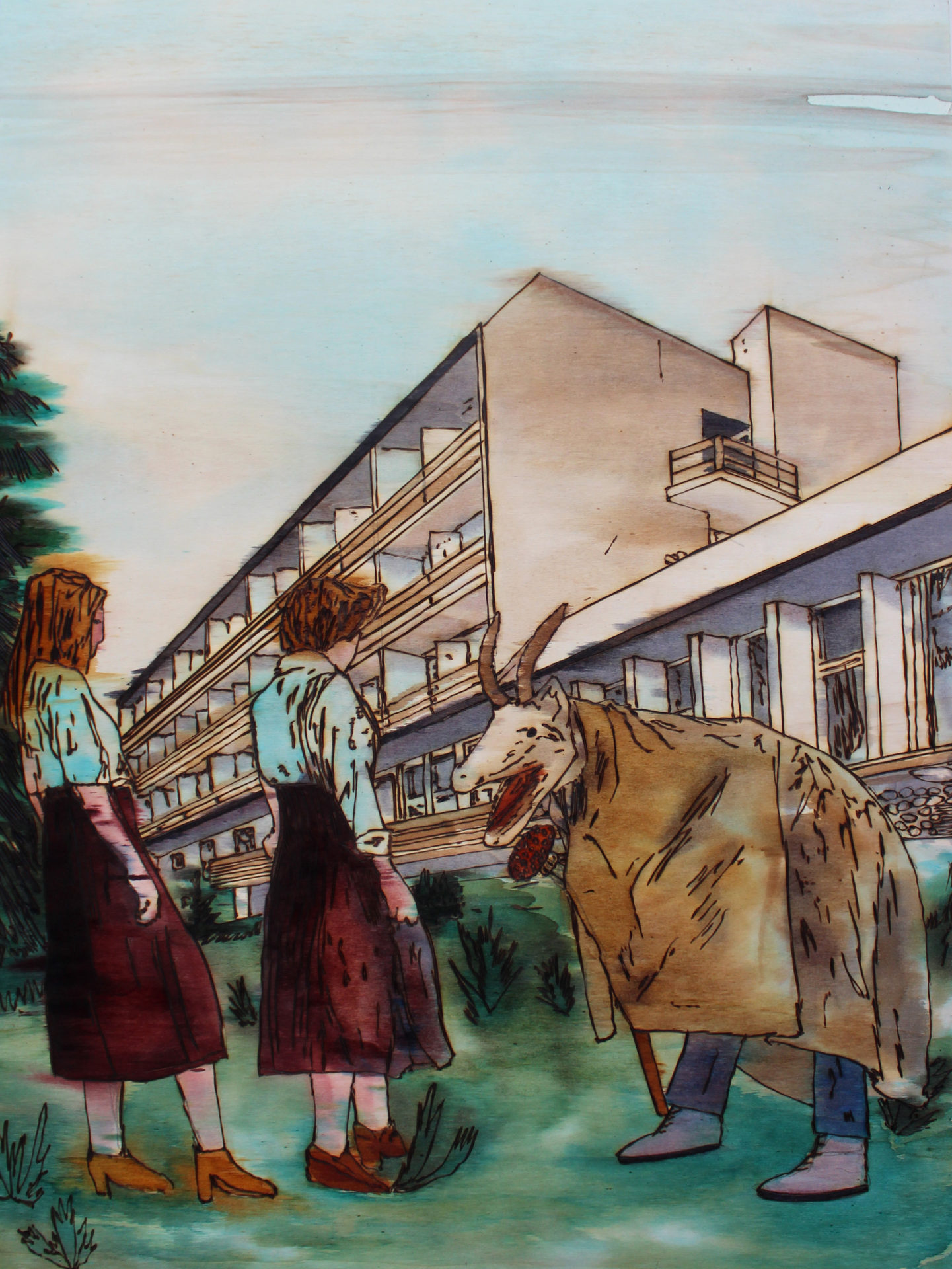
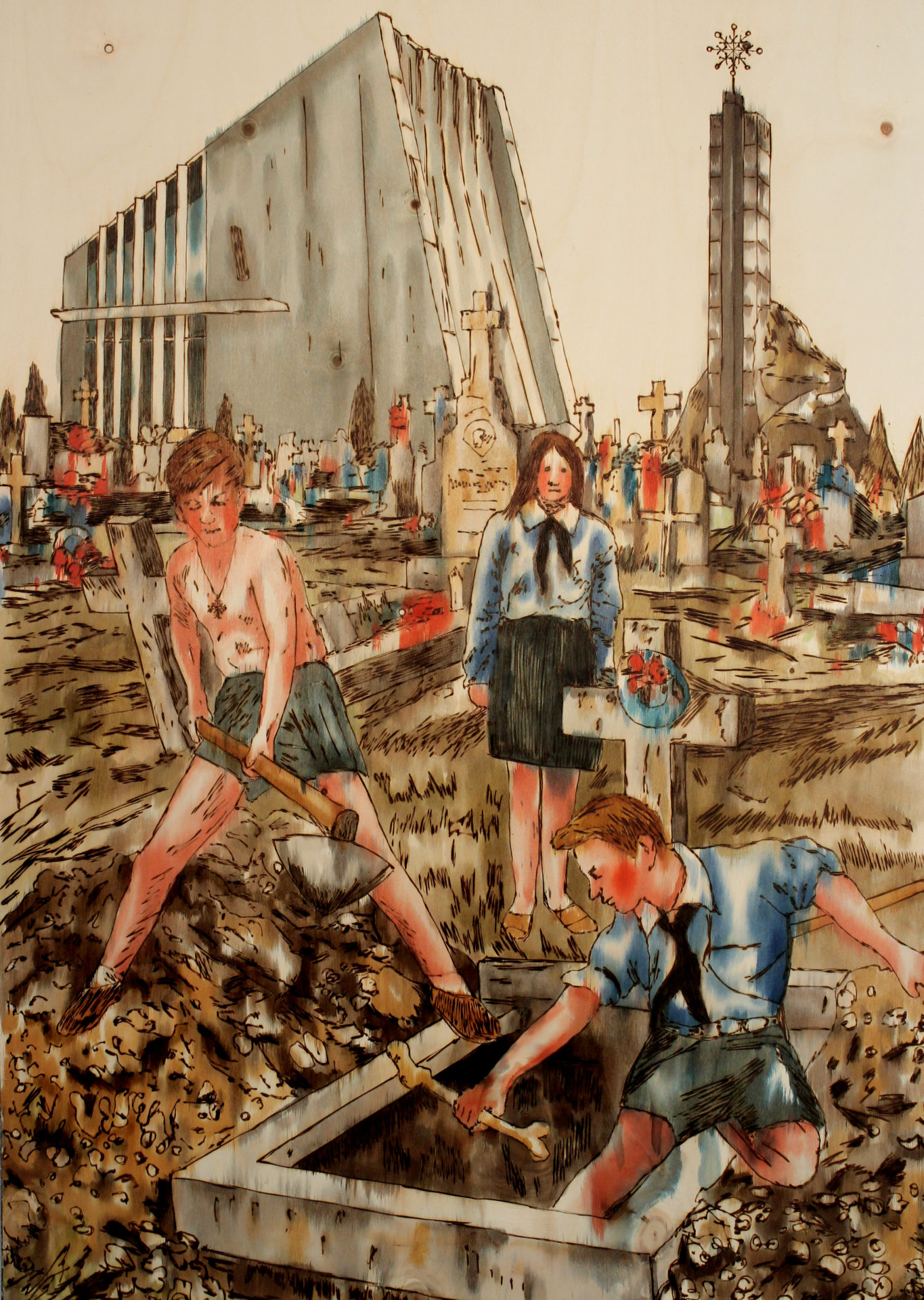
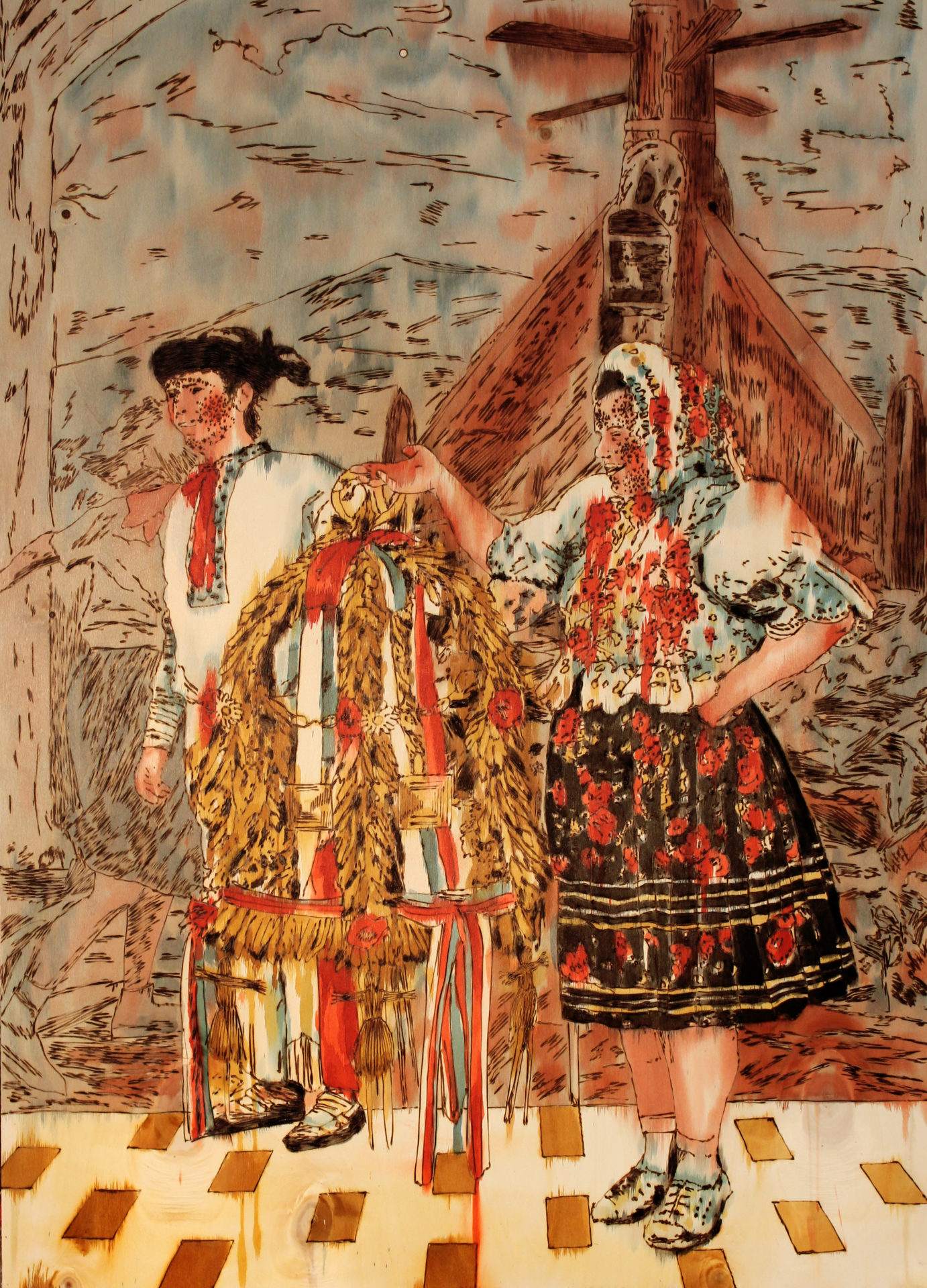
How is your birthplace projected into your work?
Our work is closely tied mainly to our cultural and geopolitical region with the Tatry mountain range at its heart. We both come from eastern Slovakia where we returned after more than 10 years. The cultural background, traditions but also the nature of this area is still a great inspiration for us.
Your collaborative work mostly refers to folklore, history and national traditions – what is your favourite Slavic fable, myth or fairytale?
What I find the most interesting are probably the stories of revenants, the returning dead, that stem from the vampirism belief. There were burial practices carried out in eastern Slovakia as far as the 20th century that were supposed to stop this from happening. Also, the fables of the devil demons, water goblins, marsh fairies, witches and strigas.
Is the current political situation in Slovakia or the Czech Republic mirrored in your artworks?
We look for inspiration mainly in the past and we often create our own alternative versions, these kinds of “what if” scenarios. The human character didn’t really change throughout history, some archetypes still exist today.
Do you personally adhere to some national traditions or holidays? And are there some you consider inappropriate for this day and age?
At home, we practically only realize some rituals and customs connected to Christmas. But we love to go see displays of practices from the past, namely some traditional celebrations such as mardi gras, harvest feasts, etc.
Where do you draw inspiration for your upcoming work?
By travelling the regions, reading books, at libraries and secondhand bookshops. At the moment, my daughter is a huge inspiration because she teaches me to perceive the world and art with more playfulness.
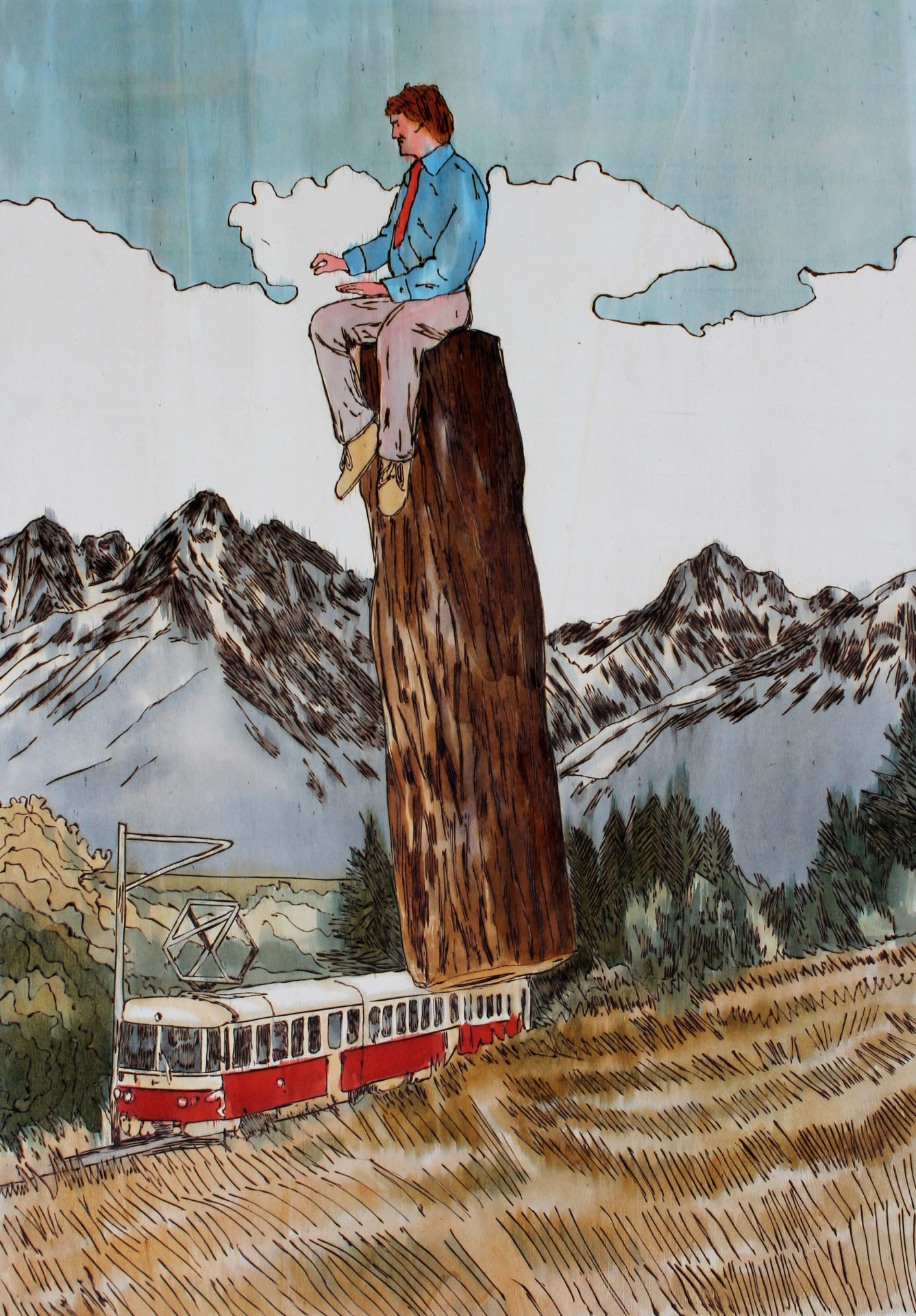
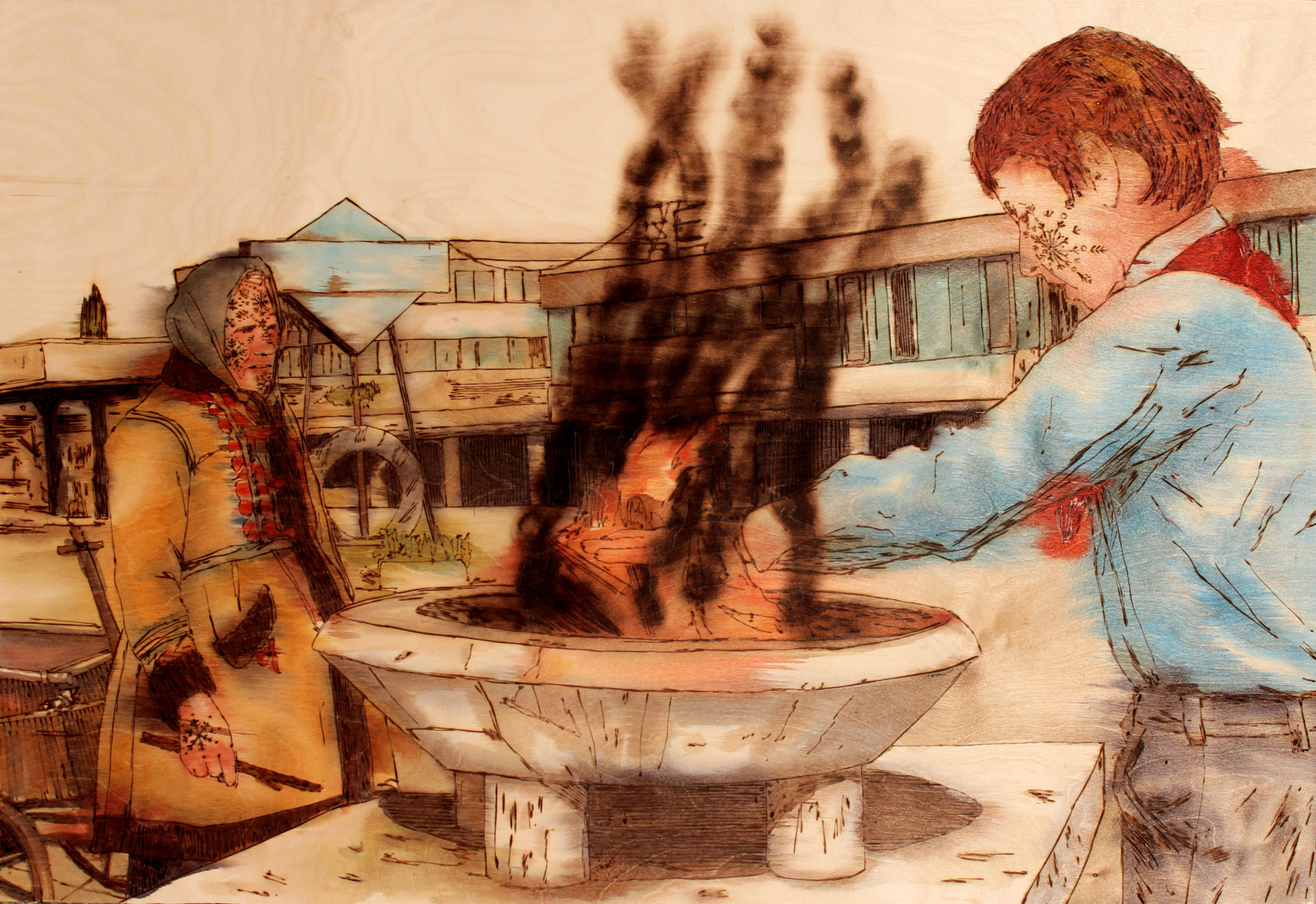
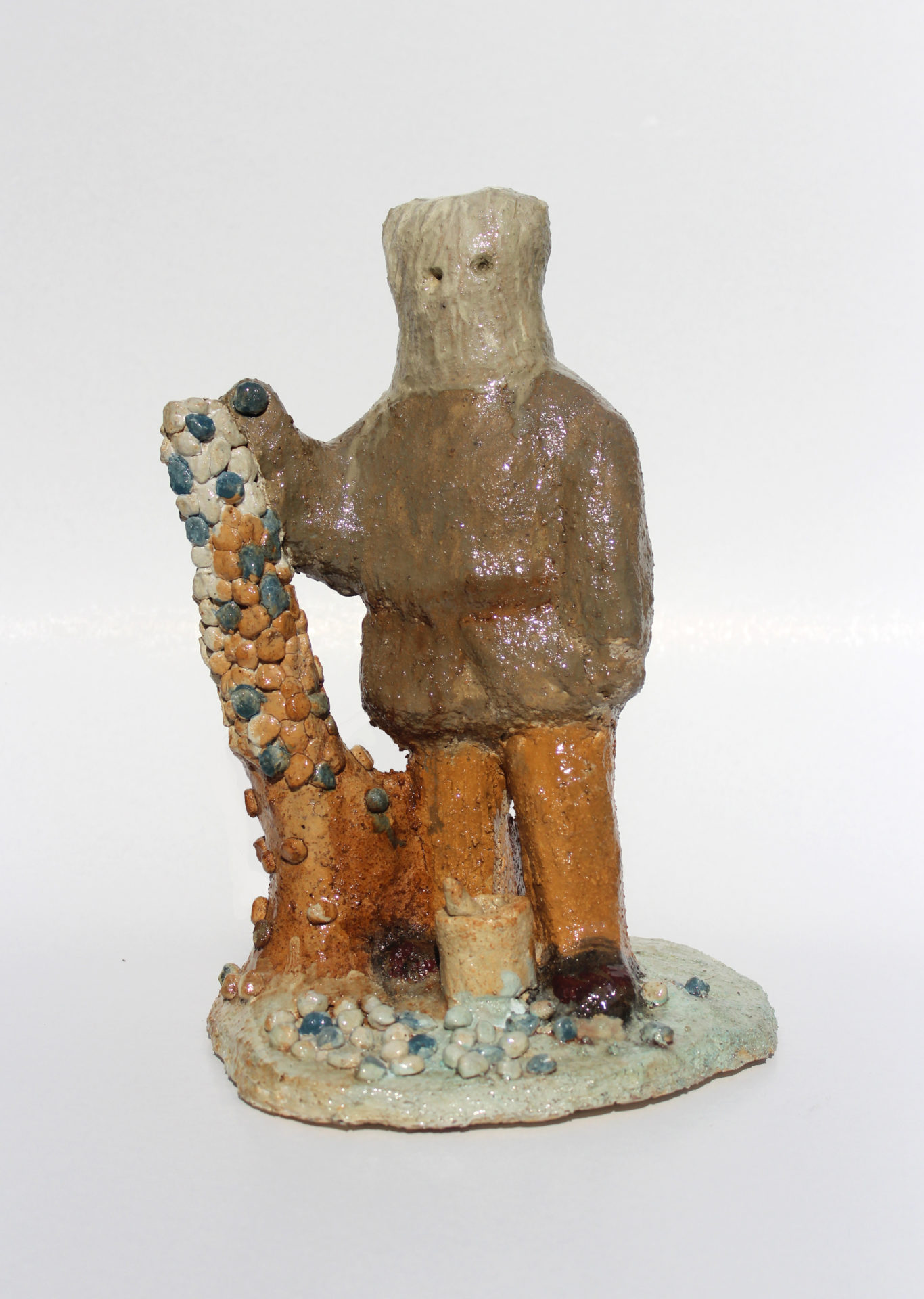
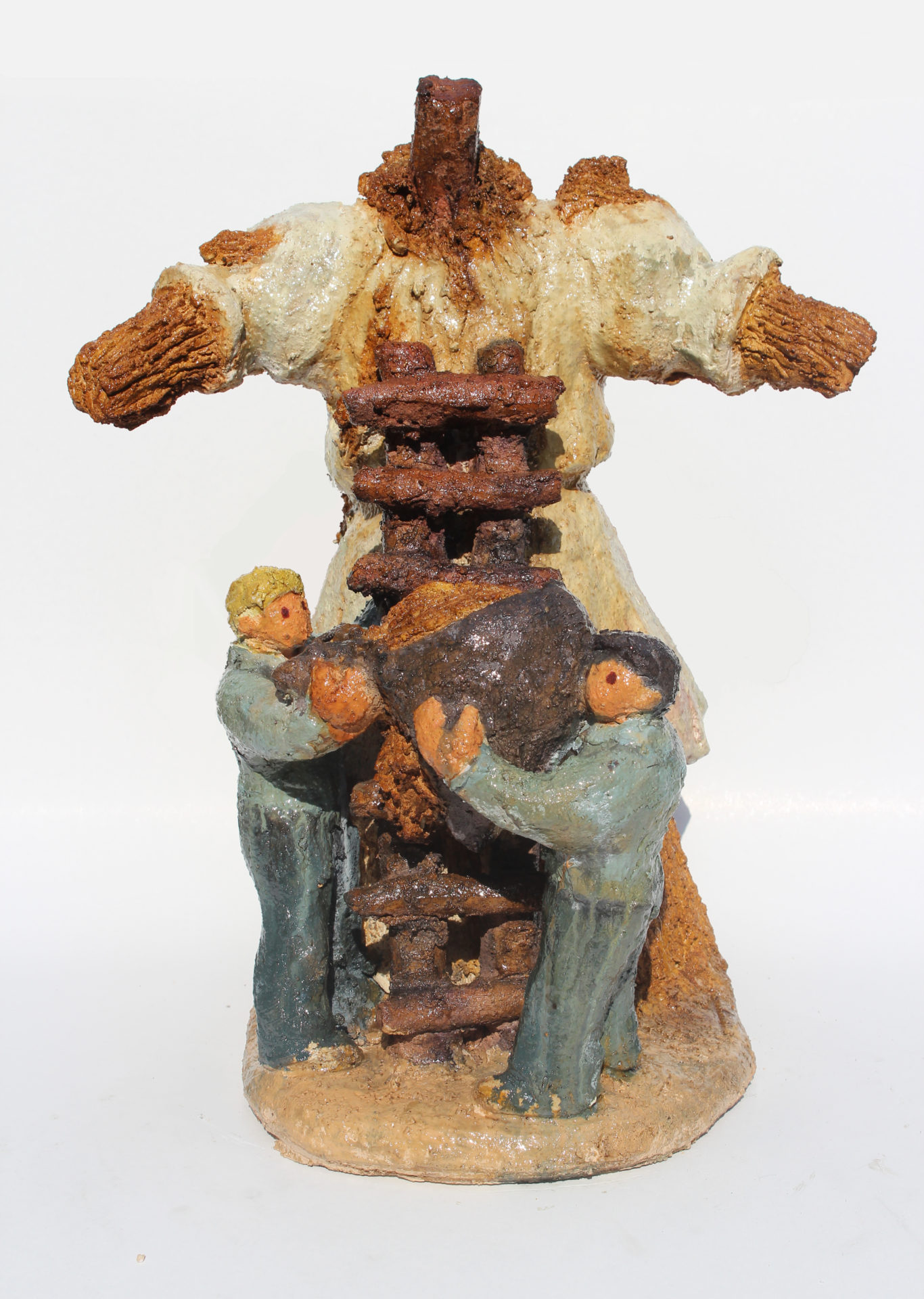
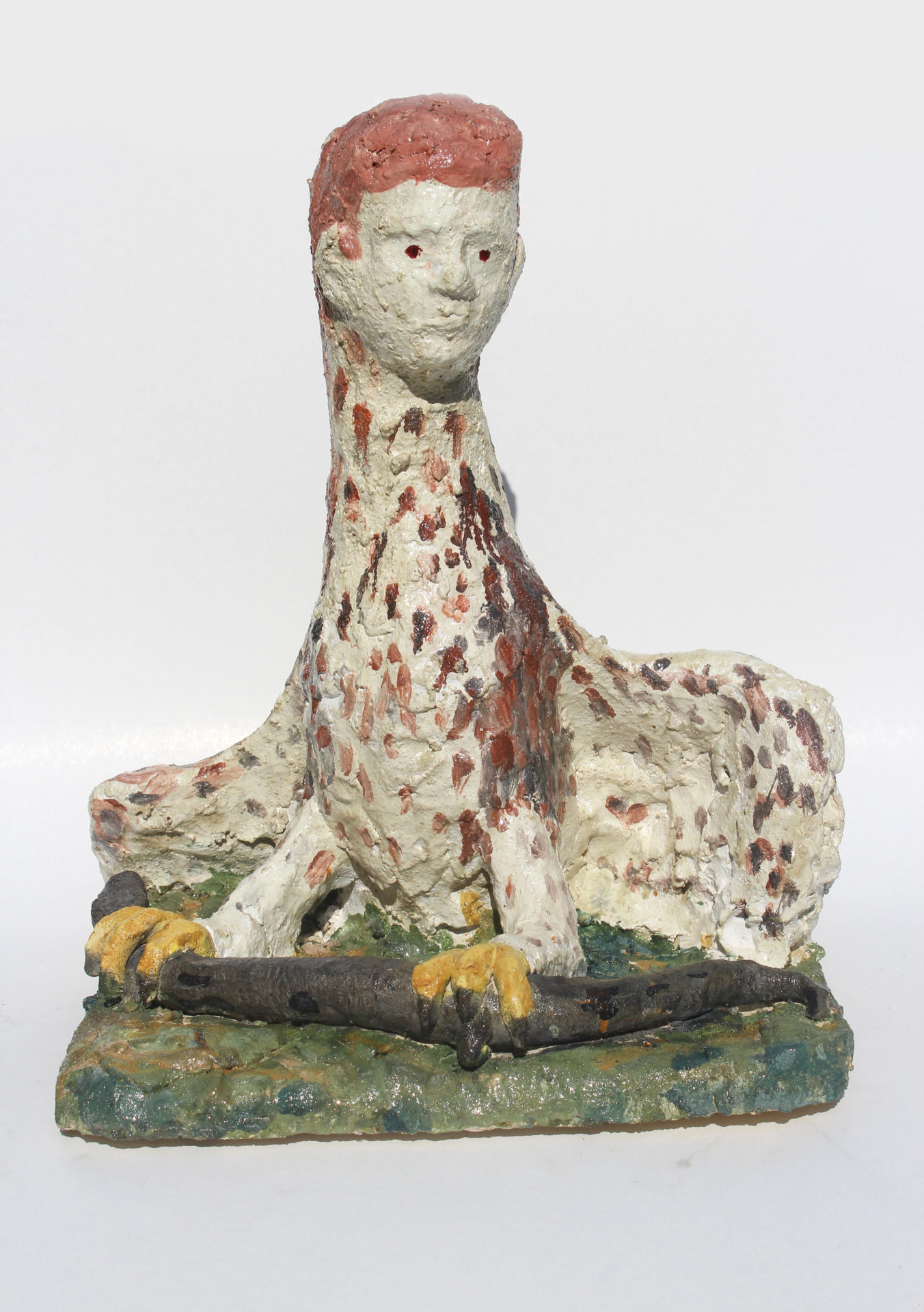
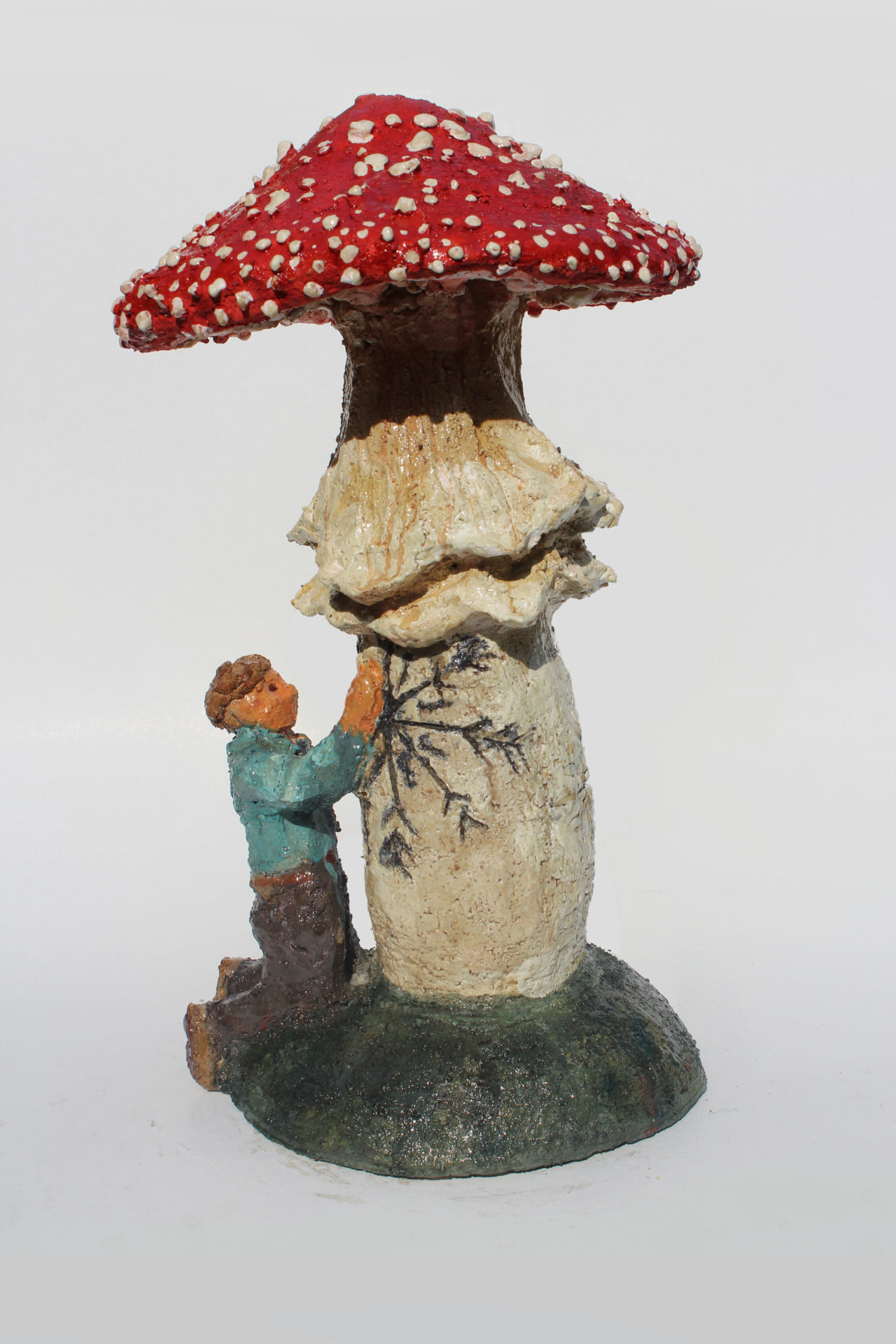
BIO / Slovak artist duo Jarmila Mitríková (1986) & Dávid Demjanovič (1985) works with traditional technique of pyrography, burning motives into plywood, colouring them with wood stains. They use a technique of pyrography as a reference to a folk amateur art. Technique of pyrography was popular among people during socialism in former Czechoslovakia. They also create glazed or polychromed figurative ceramic sculptures. In their hybrid style you can see Christian traditions, folklorism, pagan rituals, superstitions, myths, local legends with links to WWII and socialistic history. Their works are among private collections, also in collection of Slovak National Gallery and other public museums. They live and work in Prague and Košice.
Artwork / Jarmila Mitríková & Dávid Demjanovič
Interview / Markéta Kosinová
Translation / Františka Blažková
